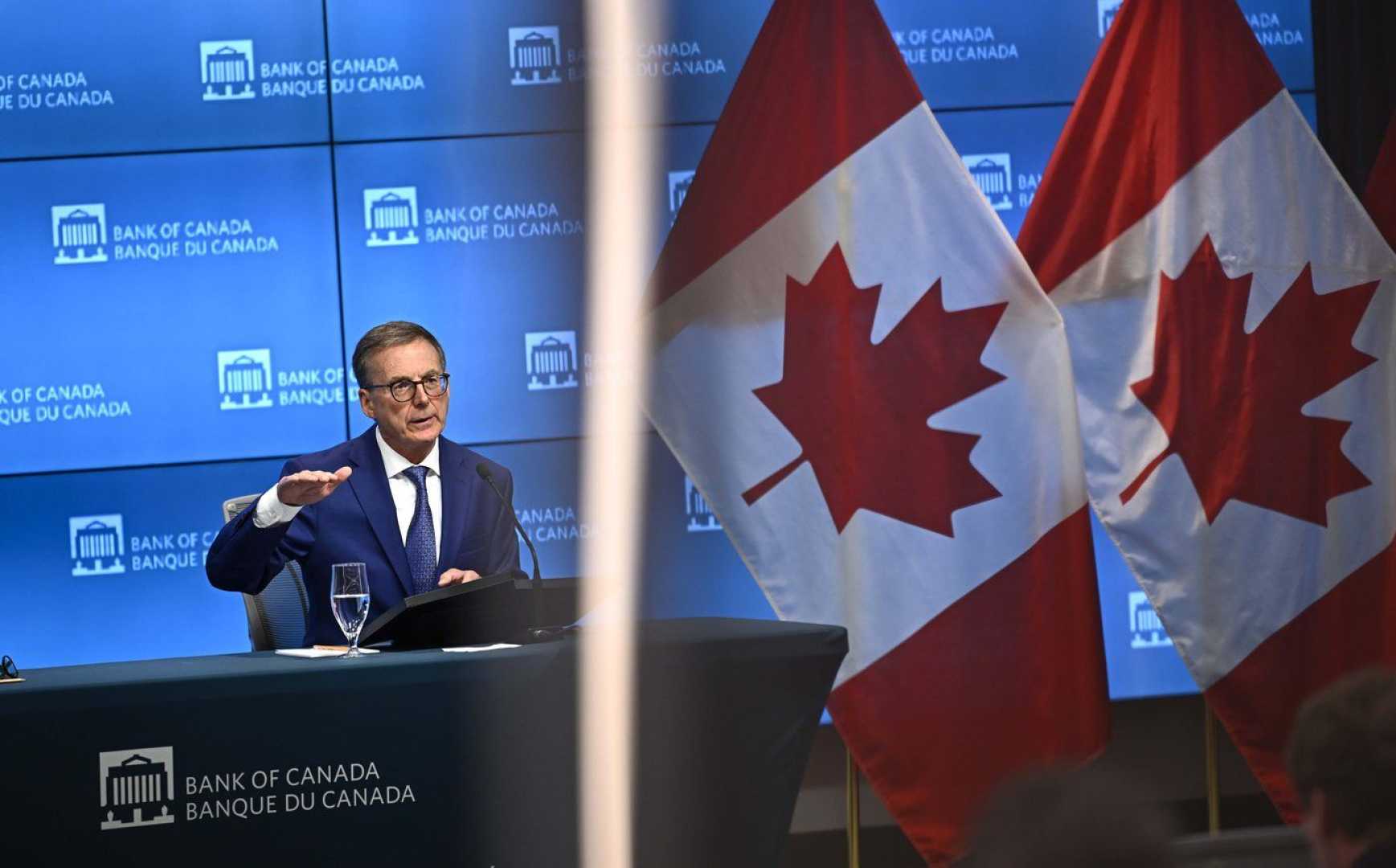News
Canada’s Inflation Rate Hits Target, Potential for Interest Rate Cuts

Inflation in Canada has finally reached the Bank of Canada‘s two percent target for August, following a challenging period of rapid price increase. This development increases the possibility of more significant interest rate cuts in the near future.
The country’s annual inflation rate decreased from 2.5 percent in July to its lowest level since February 2021. This decline is partly due to reduced gasoline prices, according to a report by Statistics Canada, released Tuesday on the consumer price index.
In addition to gasoline, clothing and footwear prices also saw a reduction on a month-to-month basis. This marks the first such decline in August since 1971, as retailers offered substantial discounts to attract consumers amid reduced demand.
CIBC senior economist, Andrew Grantham, suggests that with inflation cooling, the Bank of Canada’s focus should now be on stimulating economic growth. “I’m already worried that the economy is a little weaker than it really needed to be to get inflation down to two per cent,” he remarked.
Last month’s notable slowdown in price growth was more significant than the 2.1 percent annual increase most forecasters had anticipated, potentially increasing pressure on the Bank of Canada to expedite interest rate reductions.
Grantham pointed out that excluding mortgage interest costs, driven up by high rates, the annual inflation rate was only 1.2 percent last month. The Bank’s core inflation measures, which exclude volatile prices, also showed a decline in August.
Benjamin Reitzes, BMO‘s managing director and macro strategist, noted that the recent figures slightly favor more aggressive cuts, though he mentioned another inflation update is due before the Bank’s next rate announcement in October. “If we get another big downside surprise, calls for a 50 basis-point cut will only grow louder,” Reitzes wrote in a client note.
Governor Tiff Macklem recently stated that the central bank is prepared to enhance the size of its rate cuts if inflation or the economy declines more than expected. “With inflation getting closer to the target, we need to increasingly guard against the risk that the economy is too weak and inflation falls too much,” Macklem mentioned following a rate cut on September 4.
Canada’s economy has significantly slowed, affected by elevated interest rates, leading to a drop in real GDP on a per capita basis. The unemployment rate has been climbing for over a year and reached 6.6 percent in August.
Macklem has highlighted the Bank’s inflation target as symmetrical, indicating equal concern for inflation falling below or exceeding the target. The central bank began rapidly increasing interest rates in March 2022 in response to rising inflation, which peaked at a striking 8.1 percent in summer 2022.
The Bank increased its key lending rate to five percent, maintaining it until June 2024 when it provided the first rate cut in four years. The cooling of price growth has been aided by recovered global supply chains and high-interest rates, both nationally and globally.
Grantham noted that inflation has decreased to the target quicker than anticipated, and the Bank will now focus on maintaining it at two percent. “And that doesn’t just mean trying to make sure we don’t accelerate again. It also means trying to make sure that we don’t dip too far below the two per cent target,” he explained.
CIBC predicts that the Bank of Canada will reduce its key rate by two percentage points over the coming months, including two half-percentage-point cuts. While CIBC is ambivalent about a larger rate cut next month, two half-point cuts are anticipated in upcoming months.
The current key rate of the Bank of Canada stands at 4.25 percent, and it is expected that the U.S. Federal Reserve will announce its first rate cut in four years on Wednesday.












